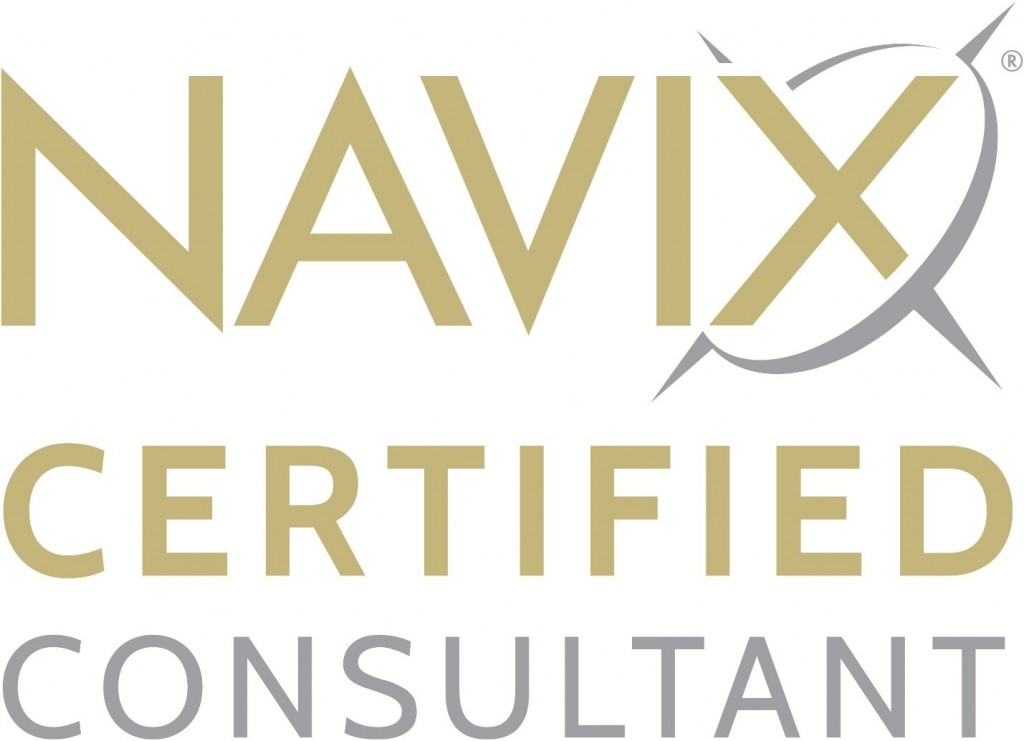How a Bag of FRITOS® Can Help You Plan Your Business Exit
9.08.2018
According to the FritoLay company website, FRITOS® are “still satisfying fans after more than 80 years.” Surprisingly, these classic corn chips can also help business owners plan for and achieve successful exits. Here’s how.
Exiting from a company is expensive. If you are like most owners, your business exit will be the costliest thing you ever do. Nobody likes incurring exorbitant costs, but in this situation, costs incurred at exit can be more than merely distasteful. High costs can undermine or outright block you from achieving a successful and happy exit. If exit costs are too high, you may not have enough net proceeds to achieve your personal financial goals and needs. Excessive costs also take away from your ability to reward and thank key employees at your exit, and you may find yourself unable to exit at all, trapped inside your company. For these reasons, it is imperative that you understand the costs you face at your exit and begin planning well ahead on how to minimize them.
Unfortunately, many owners get caught off-guard at exit, surprised by the different types of expenses and dollar amounts. It is not difficult to understand why this occurs—most owners have never exited a company before, so the process and costs are unfamiliar. That is where our bag of FRITOS® comes in handy. Separate this salty snack’s name into its component letters, F-R-I-T-O-S, and you have a summary of the costs commonly incurred at exit:
- Fees
- Repairs & Improvements
- Taxes
- Opportunity
- Soft
Let’s briefly look at each cost category:
Fees (F) represent costs incurred from professional service providers to help you prepare and execute the transaction. Whether you are selling your company to an outside buyer, selling to your employees, or giving it to your children, there will be some degree of fees involved. In nearly all situations, your exit will require professional accounting and legal work. If you intend to sell the company, you will likely also wish to invest in investment banking services. Fees vary greatly from one exit to the next, but do not be surprised if the total fees approach five to ten percent of the total company value, especially if you are selling the company.
Repairs & Improvements (R & I) are costs incurred to get the company ready for exit. Conceptually, this is no different than fixing that broken gutter and applying a fresh coat of paint before listing your home for sale. Repairs & Improvements will differ widely from one company to the next. Some repairs and improvements have the potential to increase sale price at exit but are not mandatory, while others you must make, otherwise the company may not be sellable at any practical price. For example, if the company has pending legal, regulatory, HR, tax, or environmental issues, you may need to settle the matter before pursuing any exit strategy. The earlier you identify needed repairs and improvements, the easier it will be to address them.
Taxes (T) are commonly the highest cost incurred at exit. Depending on whether you are selling your company or passing it to family, potential federal taxes can easily range from 20% up to 40% or more of the company value. State and local taxes (SALT) can add to that figure. That’s the bad news. The good news is there are usually multiple tactics to materially reduce the taxes at exit so long as you start planning early enough.
Opportunity (O) costs are incurred if you fail to take a certain action that otherwise would have created a benefit. While typically you do not write a check to pay for an opportunity cost, the amounts involved can be significant. Here is an example. Assume companies in your industry are currently selling for in between four and six times earnings, and your company is generating $2 million in EBITDA. It is critical to know what characteristics influence whether the sale multiple will be closer to four or to six. If you learn that companies with high customer diversification tend to sell for a higher multiple, but your company has one large customer that accounts for 25-30% of revenue, then you must increase sales from other customers between now and exit to reduce that concentration. If failing to reduce customer concentration contributes to a sale price of five times earnings rather than six, the opportunity cost to you would be $2 million.
Soft (S) costs are another type of cost that do not require writing a check, yet they arguably have the highest potential to deny you exit happiness. In this context, soft costs are the issues, concerns, or fears that “take a toll” (notice “toll” = cost) on you or other people impacted by your exit, unless and until they are satisfactorily resolved. Common examples include worries and stress about: reaching financial freedom, the business’s future survival after your exit, your key people being treated fairly, how exit will impact family routines and relationships, and concerns about exiting on your terms. It is not unusual for the potential soft costs to keep you up at night as exit draws near, moreso than any other cost category.
Exit is expensive, but the costs do not have be crippling. The key is planning ahead. Once you reach the point where you intend to exit within the next five years, you have reached the final stretch. Time flies—five years is only sixty months. Invest the time now to a) understand exit costs and b) identify tactics to reduce those costs. So grab a bag of FRITOS®, something cold to drink, and let’s get started.
To discuss your unique business, and how to plan for and achieve a successful exit, Call 772-210-4499 or email Tim to schedule a confidential, complimentary consultation.


 Tim is a Consultant to Business, Government and Not-for-Profits Organizations specializing in innovative and challenging ways for organizations to survive, to thrive and to build their teams.
Tim is a Consultant to Business, Government and Not-for-Profits Organizations specializing in innovative and challenging ways for organizations to survive, to thrive and to build their teams.